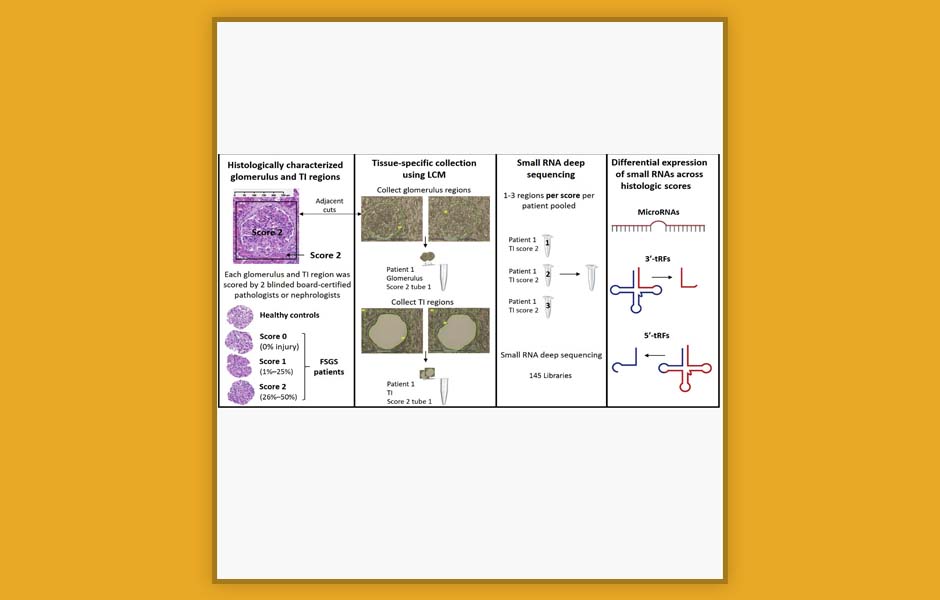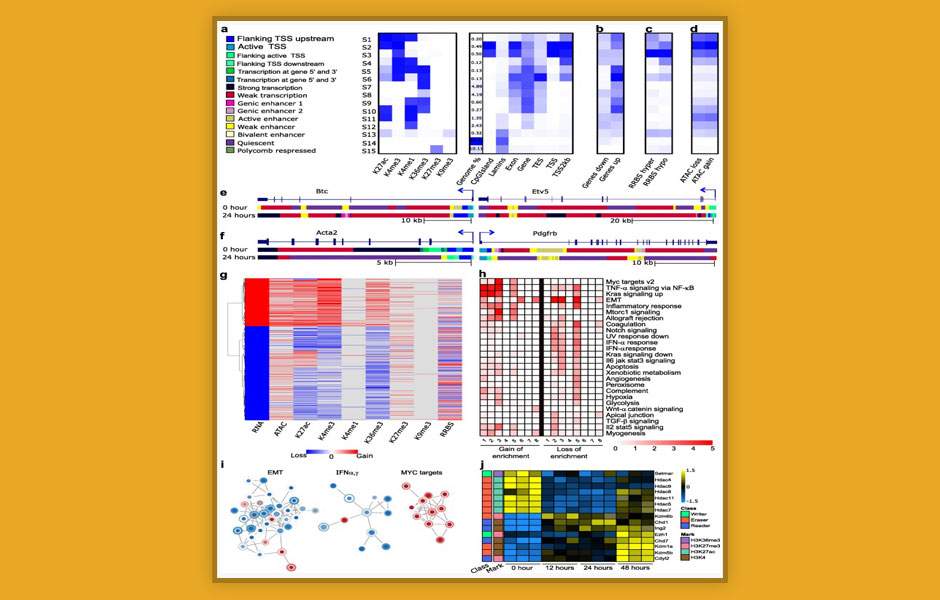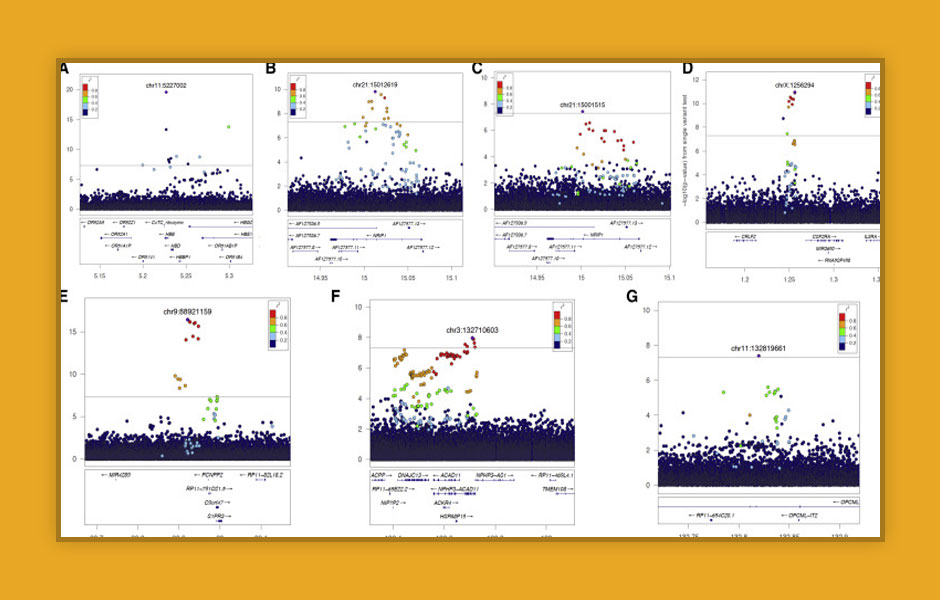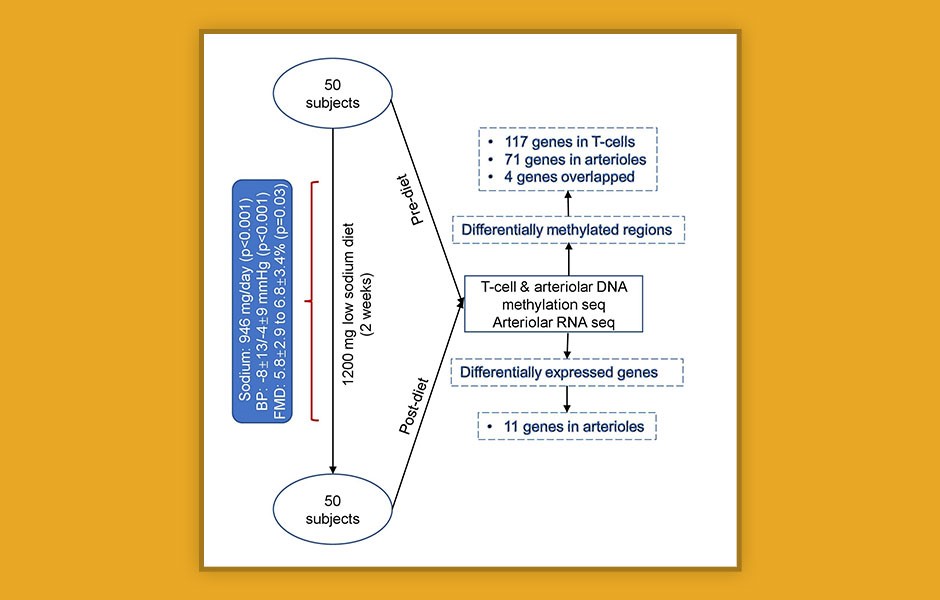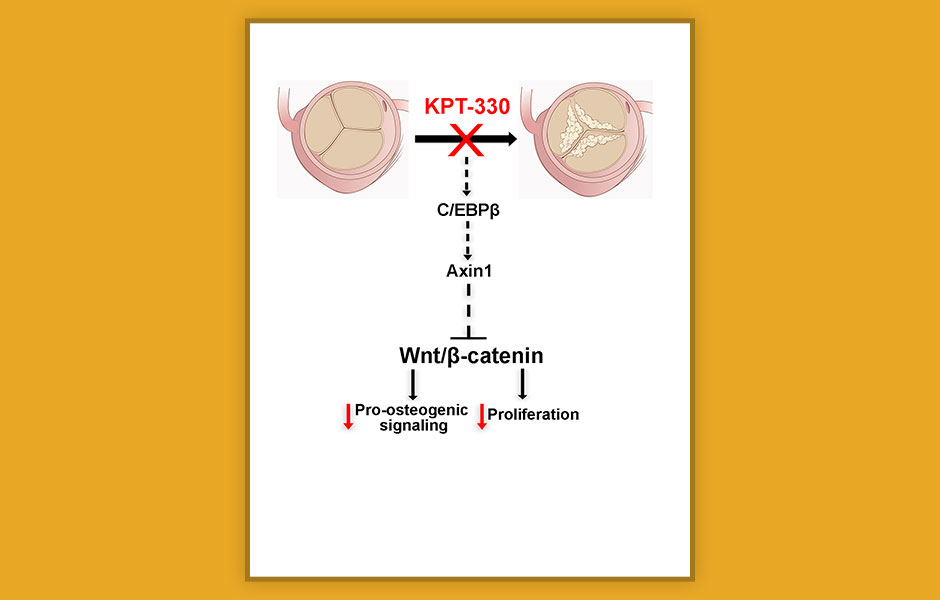Project Description
Critical Role for Telomerase in the Mechanism of Flow-Mediated Dilation in the Human Microcirculation
Beyer and Colleagues, Circ Res. 2016. To prevent DNA loss during mitosis, nature has cleverly placed telomeres on the ends of chromosomes to function as disposable nucleotide sequences. Telomeres do, however, shorten with progressive cell division and without a mechanism to compensate; cells are eventually forced into senescence.1 Telomerase is an essential ribonucleoprotein complex responsible for adding TTAGGG to 3′ ends, and the catalytic subunit at its core is telomerase reverse transcriptase (TERT).2,3 Although it is clear that telomerase’s primary function is to prevent the gene truncation, reports of TERT and other complex subunits in mitochondria have fueled speculation of a secret life.4–6 That life may entail TERT affecting on sensitivity to, or the production of, reactive oxygen species.4,5 Reactive oxygen species, such as H2O2, may in turn serve as signaling molecules connecting telomerase activity to a broader spectrum of biological processes. Article, see p 856. In the current issue of Circulation Research, Beyer et al7 build on this conceptual thread pursuing a unique line of inquiry in the resistance vasculature. Could telomerase, or more specifically TERT, regulate arterial tone by localizing to mitochondria and influencing the production of reactive oxygen species? The authors make a strategic choice to focus on flow-mediated dilation, a process enabled by nitric oxide production, except during coronary artery disease when vessels switch to H2O2.8 To assess whether this switch is coupled to TERT and mitochondrial H2O2 production, the authors generated 2 central observations. First, arteries from patients without coronary artery disease experienced a transformation in flow-mediated dilation (nitric oxide to mitochondrial H2O2) if incubated with the telomerase inhibitor, BIBR-1532. Next, the reverse transformation is cleverly demonstrated in arteries harvested from patients with coronary artery disease, exposed to the telomerase activator AGS-499. With the table set, the authors bring TERT closer with the switch in vascular function. They specifically show in intact tissues that (1) TERT is present in vascular cells, (2) TERT expression decreases in patients with coronary artery disease, and (3) telomerase activity is inversely related to mitochondrial H2O2 production. They additionally reveal in cell systems that telomerase activation elevates nitric oxide production and that interfering with the mitochondrial TERT targeting leads to a deleterious rise in superoxide production. From these findings, it is provocatively argued that nonnuclear telomerase activity is biologically important to the maintenance of endothelial function, the production of reactive oxygen species, and the setting of arterial tone. To read more click here.



